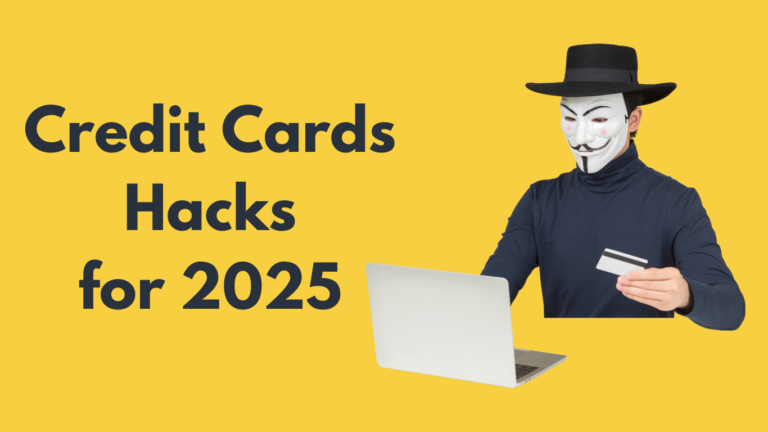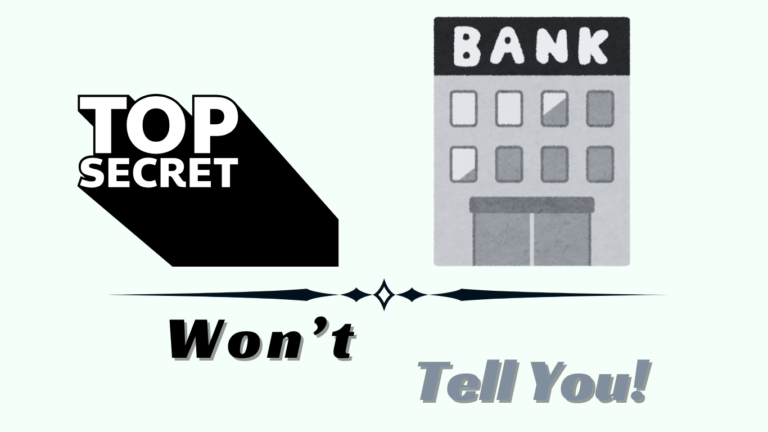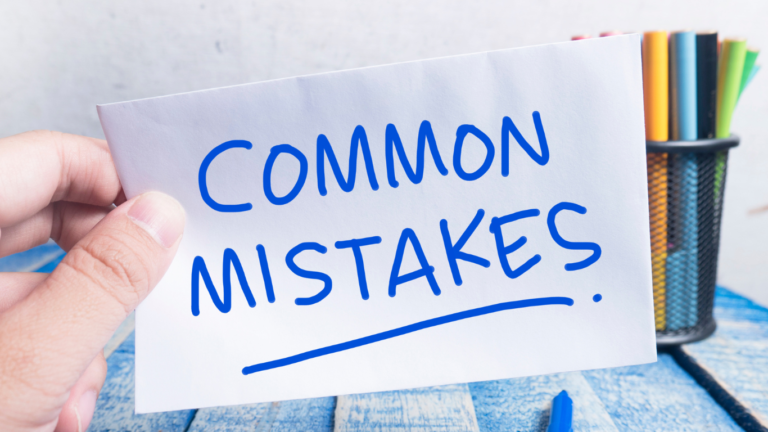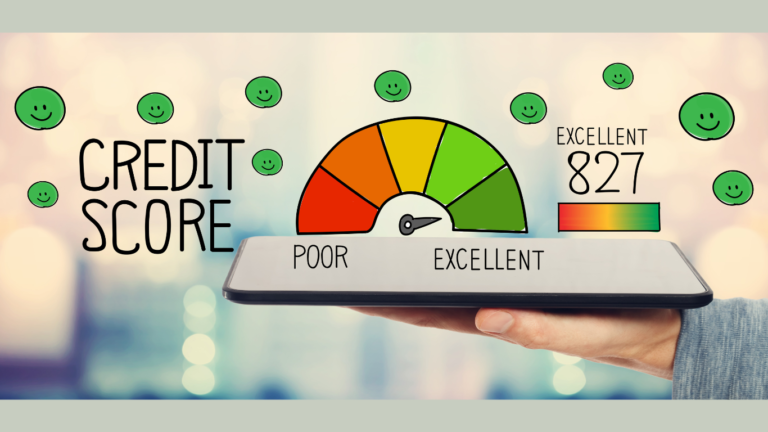Are Cash-Back Rewards Too Good to Be True?
Cash-back credit cards promise to return a percentage of your spending, enticing users with the allure of “free money.” But is it really as straightforward as it sounds? The truth about cash-back cards reveals complexities and hidden conditions that might make you think twice before swiping. Let’s delve into whether these cards truly reward you—or if the banks come out as the real winners.
How Do Cash-Back Credit Cards Work?
Cash-back credit cards give users a percentage of their purchases back as a reward, typically ranging from 1% to 5%. For example:
- Flat-Rate Rewards: Earn a consistent percentage (e.g., 2% on all purchases).
- Tiered Rewards: Different percentages for different categories (e.g., 3% on groceries, 1% on gas).
- Rotating Categories: Higher rewards for specific categories that change quarterly (e.g., dining in Q1, travel in Q2).
Banks profit from these cards primarily through:
- Merchant Fees: A percentage charged to businesses for each transaction.
Interest Rates: Profits from cardholders who don’t pay their balance in full.
The Hidden Costs of Cash-Back Cards
- Annual Fees:
Some cash-back cards charge annual fees, which can eat into your rewards.
Example: A card with a $95 annual fee requires substantial spending to offset the cost, making it less effective for low spenders.
Tip: Calculate whether your typical spending will justify the annual fee. - Higher Interest Rates:
Cash-back cards often come with elevated interest rates compared to basic credit cards. If you carry a balance, the interest charges can exceed your rewards.
Example: Earning $50 in cashback while paying $75 in interest is a net loss.
Tip: Pay your balance in full every month to maximize the benefits. - Category Restrictions and Caps:
Many cards impose limits on how much cashback you can earn in bonus categories, reducing the actual value.
Example: A card might offer 5% cashback on groceries but cap the total spend at $1,500 per quarter.
Tip: Look for cards with higher or no caps on bonus categories.
Complex Redemption Rules:
Some cards make redeeming rewards cumbersome by requiring a minimum amount or limiting redemption to specific purchases.
Example: A card might require a $25 minimum redemption, delaying access to your earned rewards.
Tip: Read the fine print to understand redemption terms before applying
Psychological Traps of Cash-Back Cards
- Encouraging Overspending:
The promise of earning cashback often tempts users to spend more than they otherwise would.
Example: Buying unnecessary items just to reach a rewards milestone negates the purpose of saving.
Tip: Stick to your budget, regardless of the potential cashback. - Illusion of Free Money:
While cashback feels like free money, it’s funded by higher prices that merchants pass on to consumers due to processing fees.
Example: You might be paying indirectly for that “free” 2% cashback through inflated product prices.
Tip: Be aware that cashback isn’t truly free—it’s part of a larger system that benefits banks and merchants.
When Are Cash-Back Cards Worth It?
Cash-back cards can be beneficial if:
- You pay your balance in full every month.
- You choose a card that aligns with your spending habits (e.g., high grocery or gas expenses).
- The card has no annual fee or the rewards outweigh the fee.
Red Flags to Watch For
- Unreasonable Spending Requirements:
Cards offering a large sign-up bonus often require significant spending within a short timeframe.
Example: Spending $4,000 in 3 months to earn a $300 bonus may lead to financial strain. - Devalued Rewards Over Time:
Issuers can adjust the rewards program, reducing cashback percentages or adding restrictions.
Tip: Stay updated on your card’s terms and conditions.
Conclusion: Scam or Smart Choice?
Cash-back credit cards are not inherently scams, but they aren’t free money either. They’re tools designed to reward disciplined and informed users while profiting from the rest. To maximize benefits:
- Choose a card that fits your spending habits.
- Avoid carrying a balance to sidestep interest charges.
- Regularly review your rewards program to ensure it still meets your needs.
Curious about which cash-back credit card is right for you? Visit TheCreditCardFinder.com to compare the best options and unlock the true potential of your rewards!









